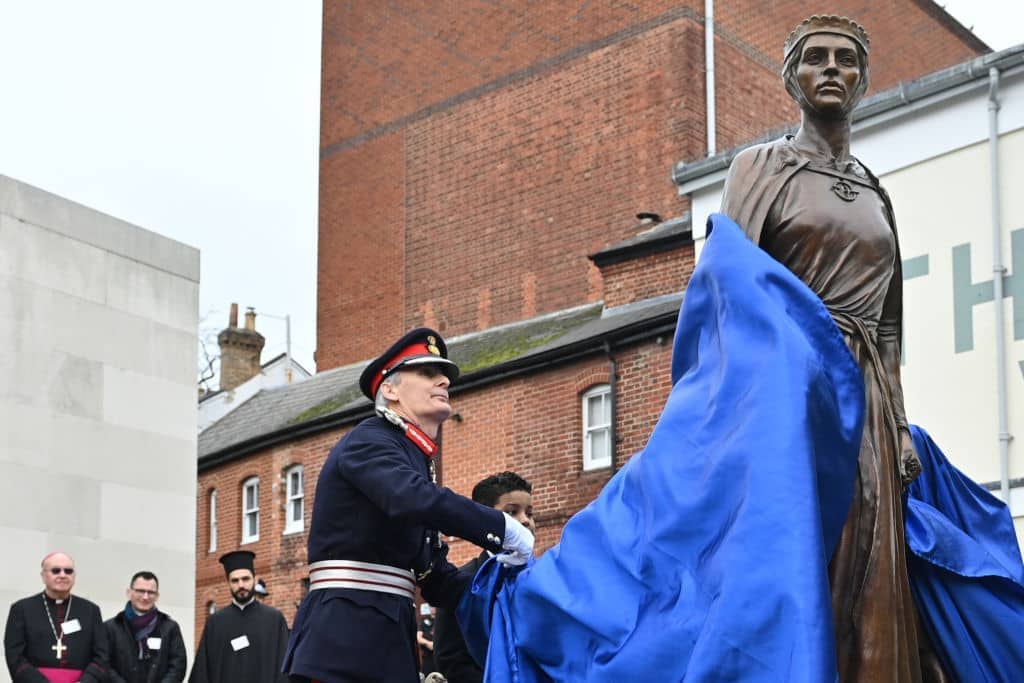About three minutes’ walk from my house in Winchester is Jewry Street. It runs from the Theatre Royal at one end towards the 13th Century Great Hall at the other. It’s a picturesque throughfare, dotted with cafés, restaurants, churches and a library. But despite its name, it is all but Judenrein.
I’ve lived in Winchester for almost 15 years. My grandparents brought their children up here. The air is clean, crime levels are low and there are many green spaces. It is often listed as the best place to live in Britain, especially for families. But the walk along Jewry Street has always given me a sense of eeriness.
Along the street lie unmarked locations of Jewish significance. The site of the synagogue – whose owner was lynched as part of a blood libel in 1236 – is now a small car park behind a bric-a-brac shop. At the end of the road used to stand the fortified Jews’ Tower, in which the community would take refuge during pogroms.
Amid the modern preoccupation with colonialism and the slave trade, this difficult chapter in our island story remains obscure
This eeriness is familiar to me from visits to Germany and Eastern Europe.

Get Britain's best politics newsletters
Register to get The Spectator's insight and opinion straight to your inbox. You can then read two free articles each week.
Already a subscriber? Log in







Comments
Join the debate for just £1 a month
Be part of the conversation with other Spectator readers by getting your first three months for £3.
UNLOCK ACCESS Just £1 a monthAlready a subscriber? Log in